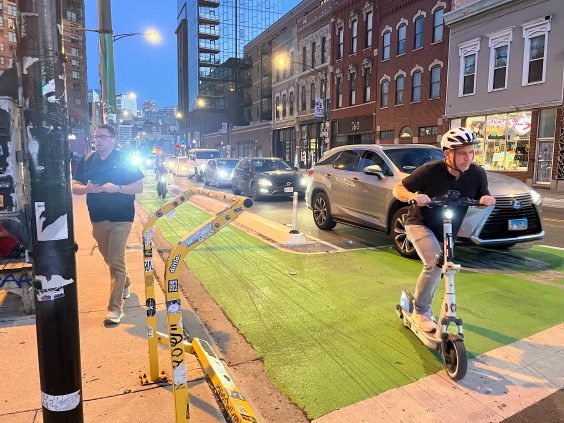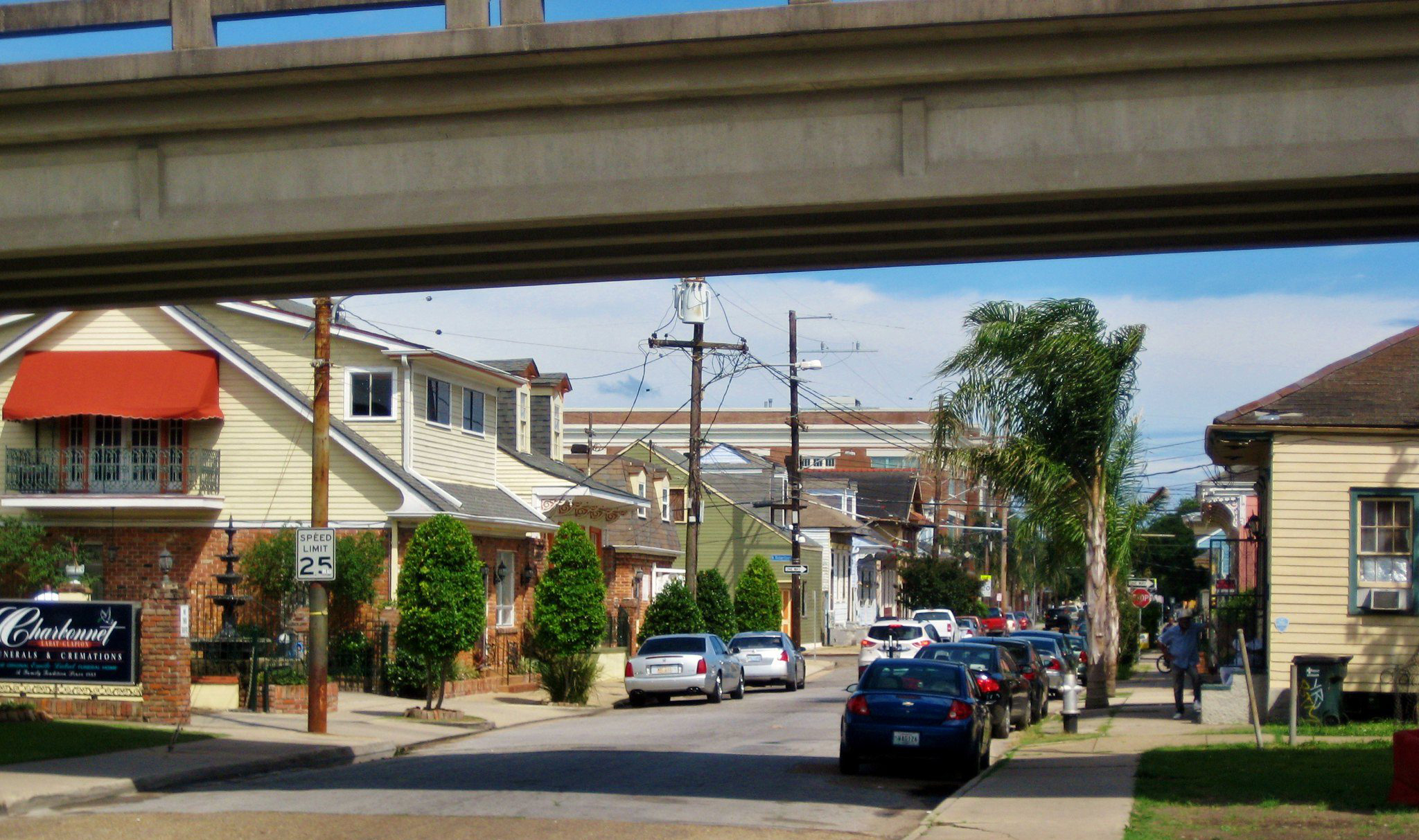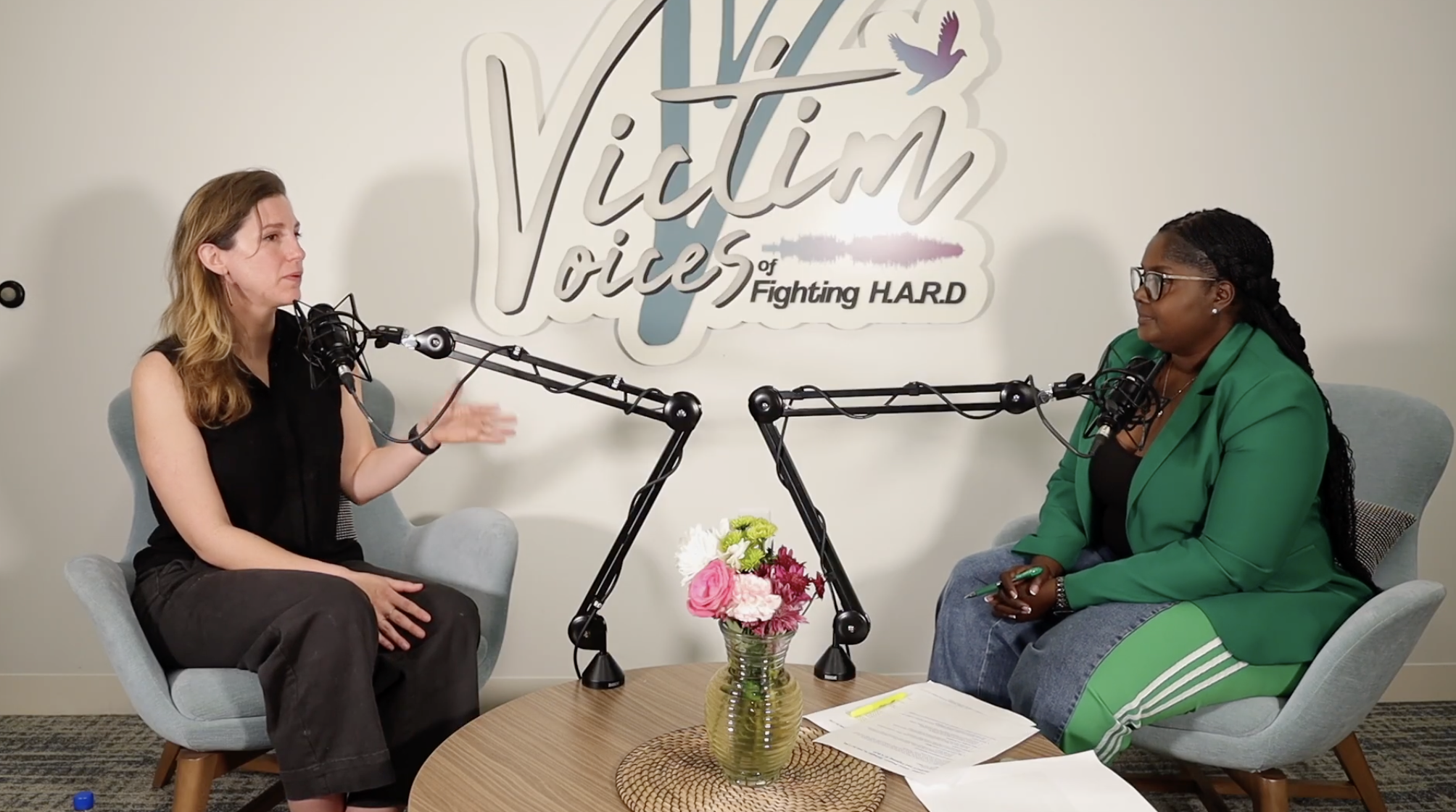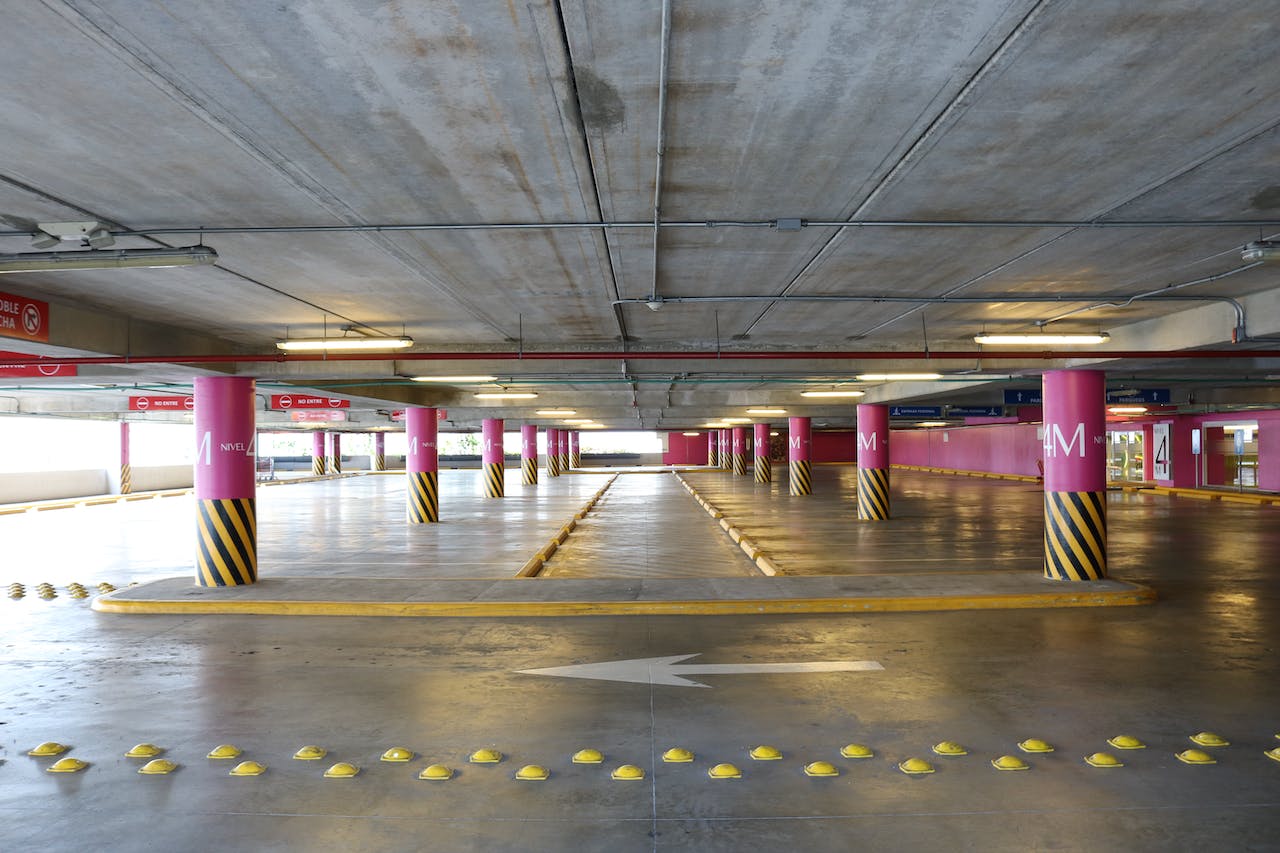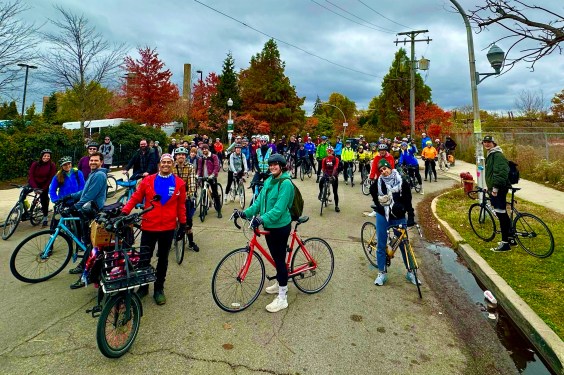More and more cities are opting to upgrade their transit networks with rapid bus routes. But as we've discussed before, few are actually creating true Bus Rapid Transit.

In it's most effective form, BRT would have all the elements that make bus rapid transit, well, rapid -- lanes where cars don't slow down transit, station platforms level with the floor of the bus, busways that serve multiple transit routes. But in many cases, American cities make compromises that water down BRT.
Indianapolis has received $2 million to study bus rapid transit along some of its major corridors. Curt Ailes at Urban Indy is trying to imagine what a successful BRT system would look like for his beloved city:
Will the buses have their own lanes? Will there be paint stripes separating them from autos or will there be a curb? How many automobile lanes will need to be displaced to do this? To be sure, there will be a lot of opportunities to excel along any BRT line in Indianapolis. A large portion of potential streets that are being considered for BRT already have 4 or 5 lanes in the cross section currently dedicated to serving automobiles and existing IndyGo fixed route service. If we look across the world at successful “fixed guideway” BRT, Central America takes the award for arguably most successful. Bogota’s Transmilenio is world renowned for its success in delivering a large amount of rides. Others may describe this as a “1st Class ” running way, which is to say it does not share usage with other modes or vehicles.
It is probably a long stretch to expect anything of this nature along either the N/S or E/W corridors [in Indianapolis]. While they are currently high demand transit corridors, they are also high demand automobile corridors. Displacing the amount of cars needed to create a 1st class guideway would likely create way too much political static for any politician to handle; especially in conservative Indianapolis.
What sort of compromises can be made then? For this, there are 2nd class or 3rd class guideways. 2nd class guideways are defined as those in which dedicated lanes may be given to the transit mode, yet it still interacts with automobiles, freight trains, etc along its way. Cleveland’s Healthline, which we have also written about, could be considered a 2nd class guideway. 3rd class is lesser still in that it may only have dedicated lanes near station areas or have dedicated lanes at only certain times of the day. Kansas City’s MAX is a good example of a 3rd class BRT.
Ailes concludes that Indianapolis' system will likely be a mix of what he calls second- and third-class guideways.
Elsewhere on the Network today: Trains for America reports that Amtrak is seeking permission to use lighter, faster trains, but wonders if competing industries will squash the effort politically. People for Bikes offers a slideshow on the ways protected bike lanes are good for local businesses. And The Transportationist ponders Avis's acquisition of Zipcar.
